Razvan C. Bunescu
An Expectation-Realization Model for Metaphor Detection
Nov 07, 2023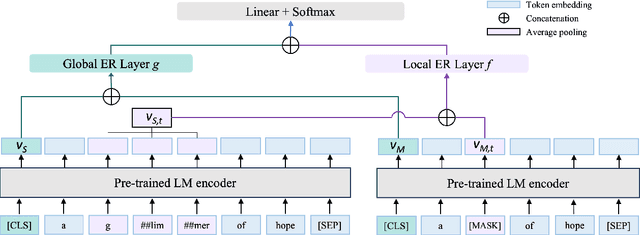
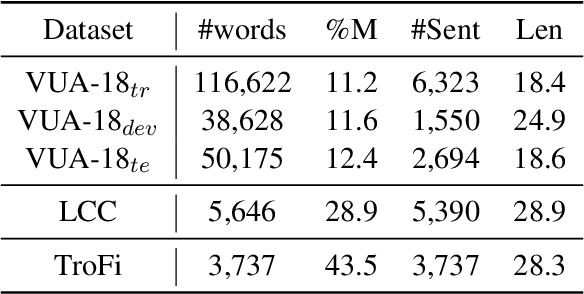
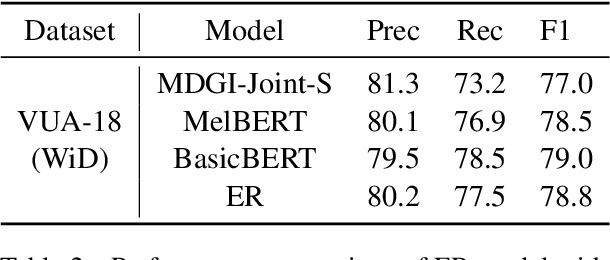
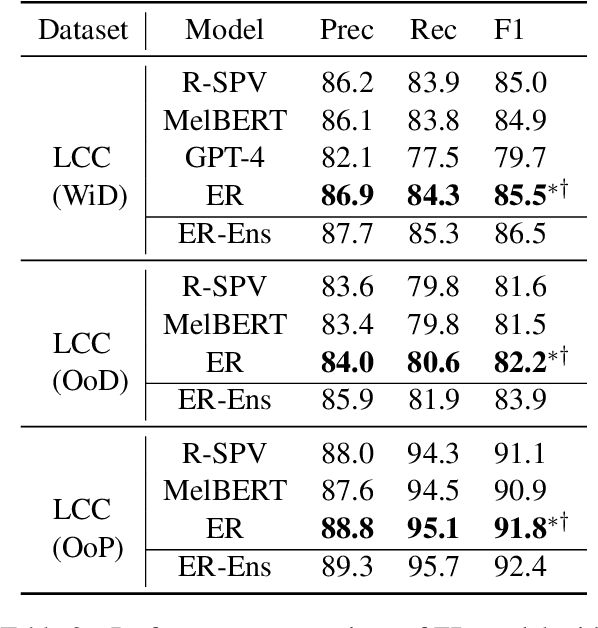
Abstract:We propose a metaphor detection architecture that is structured around two main modules: an expectation component that estimates representations of literal word expectations given a context, and a realization component that computes representations of actual word meanings in context. The overall architecture is trained to learn expectation-realization (ER) patterns that characterize metaphorical uses of words. When evaluated on three metaphor datasets for within distribution, out of distribution, and novel metaphor generalization, the proposed method is shown to obtain results that are competitive or better than state-of-the art. Further increases in metaphor detection accuracy are obtained through ensembling of ER models.
Towards Autoformalization of Mathematics and Code Correctness: Experiments with Elementary Proofs
Jan 05, 2023



Abstract:The ever-growing complexity of mathematical proofs makes their manual verification by mathematicians very cognitively demanding. Autoformalization seeks to address this by translating proofs written in natural language into a formal representation that is computer-verifiable via interactive theorem provers. In this paper, we introduce a semantic parsing approach, based on the Universal Transformer architecture, that translates elementary mathematical proofs into an equivalent formalization in the language of the Coq interactive theorem prover. The same architecture is also trained to translate simple imperative code decorated with Hoare triples into formally verifiable proofs of correctness in Coq. Experiments on a limited domain of artificial and human-written proofs show that the models generalize well to intermediate lengths not seen during training and variations in natural language.
Primordial non-Gaussianity from the Completed SDSS-IV extended Baryon Oscillation Spectroscopic Survey I: Catalogue Preparation and Systematic Mitigation
Jun 25, 2021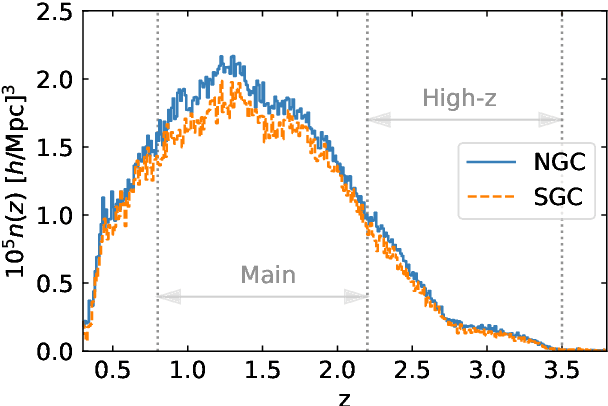
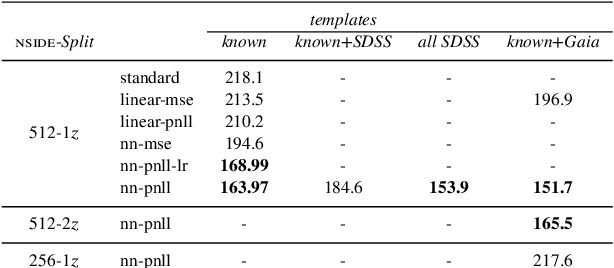
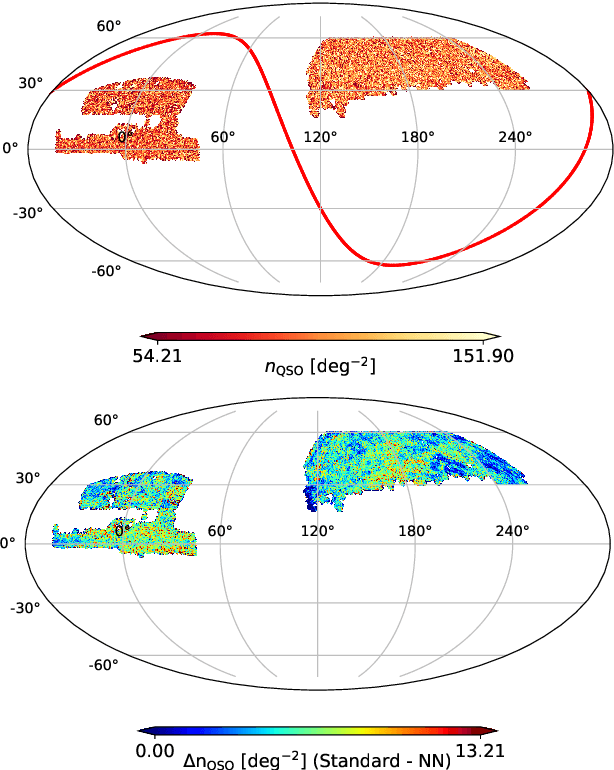

Abstract:We investigate the large-scale clustering of the final spectroscopic sample of quasars from the recently completed extended Baryon Oscillation Spectroscopic Survey (eBOSS). The sample contains $343708$ objects in the redshift range $0.8<z<2.2$ and $72667$ objects with redshifts $2.2<z<3.5$, covering an effective area of $4699~{\rm deg}^{2}$. We develop a neural network-based approach to mitigate spurious fluctuations in the density field caused by spatial variations in the quality of the imaging data used to select targets for follow-up spectroscopy. Simulations are used with the same angular and radial distributions as the real data to estimate covariance matrices, perform error analyses, and assess residual systematic uncertainties. We measure the mean density contrast and cross-correlations of the eBOSS quasars against maps of potential sources of imaging systematics to address algorithm effectiveness, finding that the neural network-based approach outperforms standard linear regression. Stellar density is one of the most important sources of spurious fluctuations, and a new template constructed using data from the Gaia spacecraft provides the best match to the observed quasar clustering. The end-product from this work is a new value-added quasar catalogue with the improved weights to correct for nonlinear imaging systematic effects, which will be made public. Our quasar catalogue is used to measure the local-type primordial non-Gaussianity in our companion paper, Mueller et al. in preparation.
 Add to Chrome
Add to Chrome Add to Firefox
Add to Firefox Add to Edge
Add to Edge